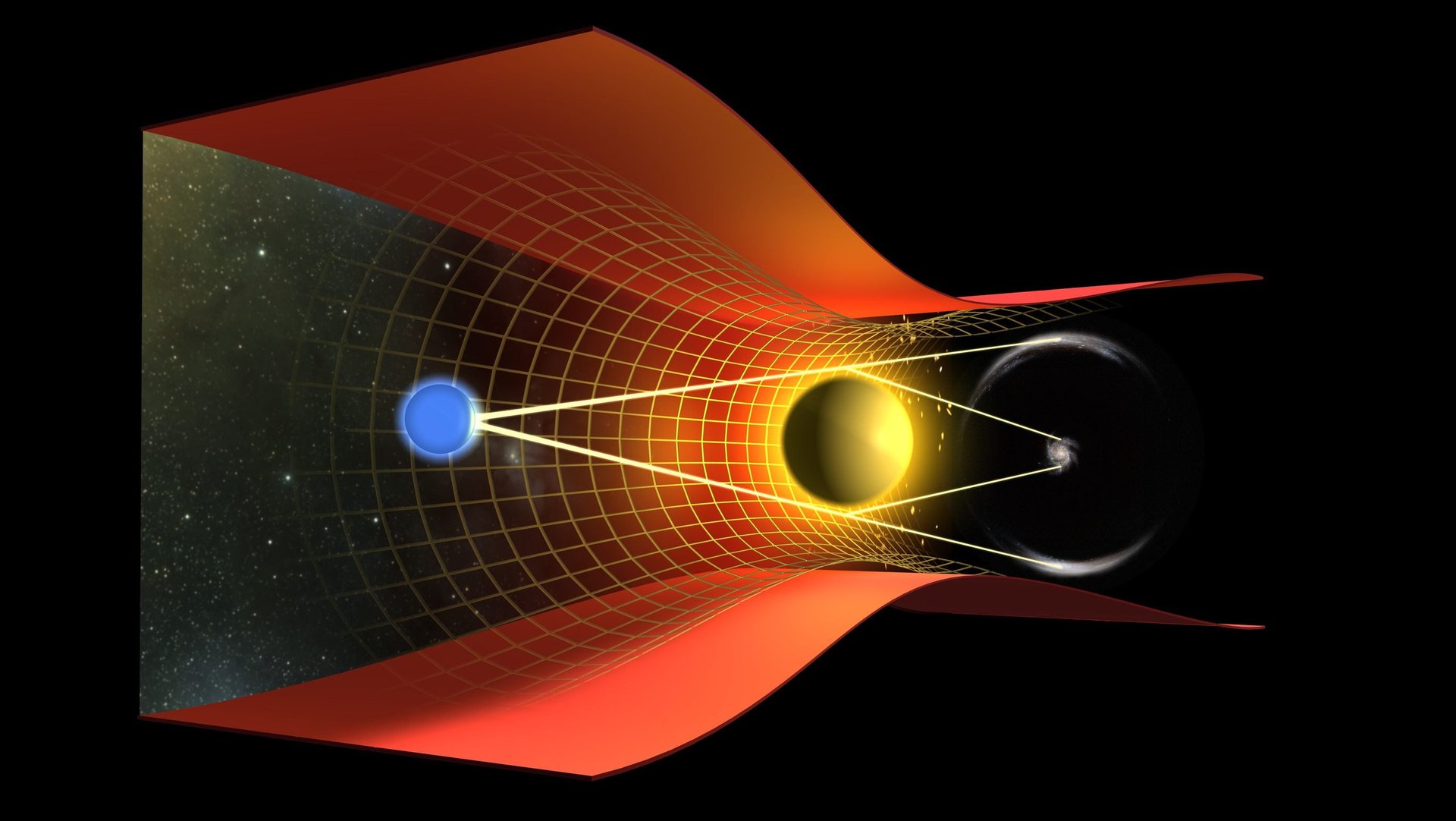Astronomers are using AI to find light bent by black holes in space
For the first time, astronomers have searched the cosmos looking for a key phenomenon using artificial intelligence similar to that used by Google, Facebook, and Tesla.


For the first time, astronomers have searched the cosmos looking for a key phenomenon using artificial intelligence similar to that used by Google, Facebook, and Tesla.
It identified 56 possible candidates for gravitational lenses, according to a report by Phys.org, and the research is to be published in the November issue of the Monthly Notices of the Royal Astronomical Society. A gravitational lens is when a mass is so large and dense, like a black hole or a galaxy, that it can bend light. It forms a key part of Einstein’s general theory of relativity.
The lenses are rare because of how hard they are to find, but are integral to helping us understand the nature of dark matter. The typical process for finding these phenomena involves taking a snapshot of a corner of the cosmos, and then having scientists pour over the image by hand to see if they can spot any sign of the distorting effect. Though volunteers from around the world do help, the task is time-consuming and laborious.
In a collaborative effort, researchers from the universities of Groningen, Naples, and Bonn designed an AI based on a subset of neural-network architecture called convolutional neural networks, a type of algorithm known for its ability to analyze images in search of small details. Google based its world-beating AlphaGo on a similar architecture, and Tesla uses the framework to help its cars drive themselves, even hiring the man who taught the course at Stanford.
The researchers trained their AI bloodhound by feeding it millions of homemade images of the gravitational-lens effect. Then they unleashed it on a snapshot of the sky covering about half a percent of what’s up there. The AI came back with 761 gravitational-lens candidates that the researchers then pared down to the 56 bona fide possibilities that will still need to be confirmed through direct observation.
But, as a concept, this approach could be a game changer. As better telescopes and deep space imaging equipment goes online in the next few years, there’ll be more of the sky to go through. The lead author of the paper, Carlo Enrico Petrillo, of the University of Groningen in the Netherlands, put it like this: “I think it will become the norm since future astronomical surveys will produce an enormous quantity of data which will be necessary to inspect. We don’t have enough astronomers to cope with this.”
Well, now they have AI.